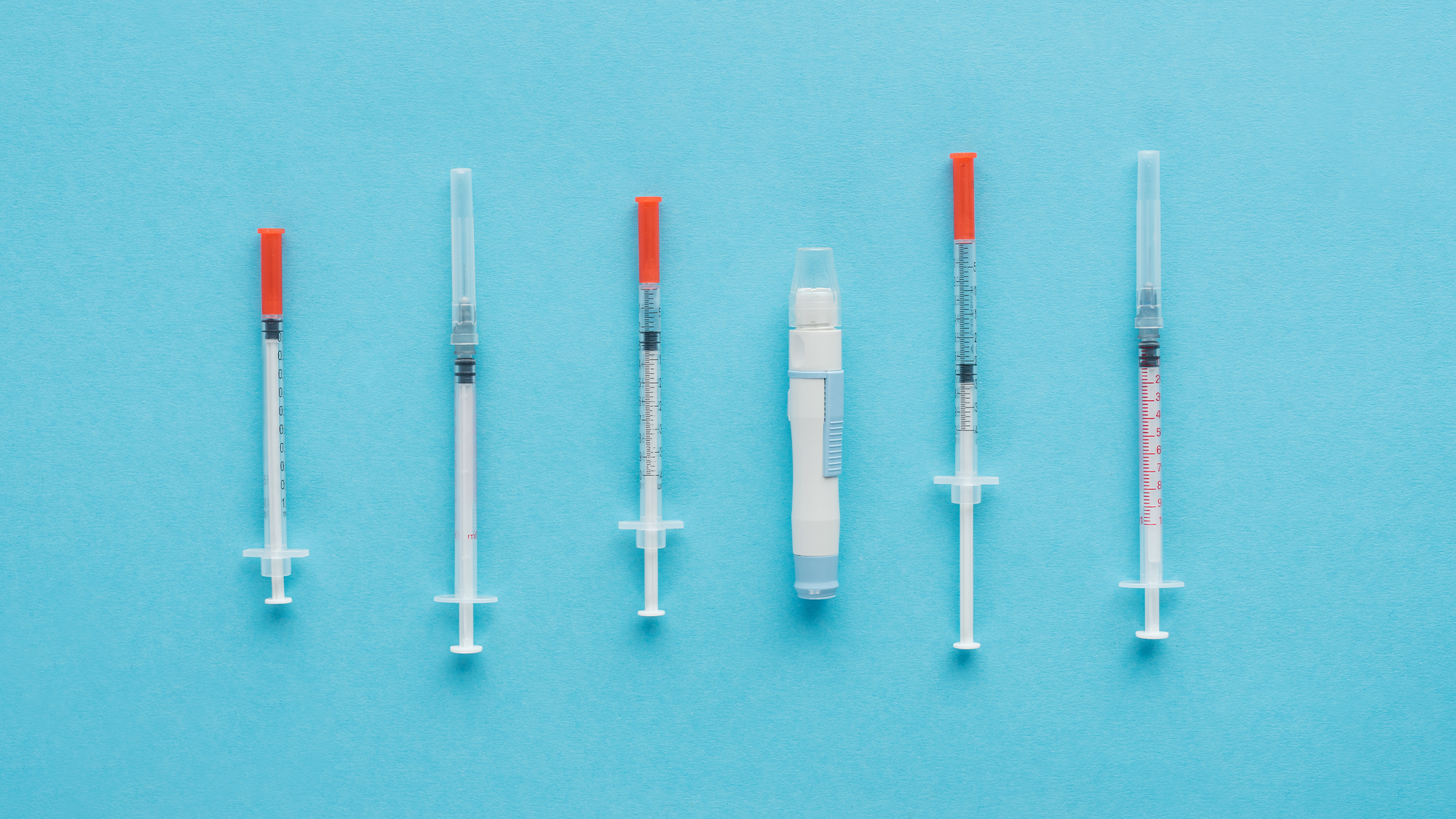

On Wednesday, pharmaceutical company Eli Lilly announced a series of price cuts that would lower the price of the most commonly used forms of its insulin by 70 percent. The company will also cap the out-of-pocket cost of insulin at $35 per month for those who have commercial insurance and use participating pharmacies.
The cost cap will come through the expansion of the company’s Insulin Value Program, which caps out-of-pocket costs at $35 or less per month for people who are uninsured.
[Related: From the archives: How a medical ‘outsider’ discovered insulin.]
As of May 1, the company says it will drop the list price of its non branded insulin to $25 a vial from its current list price of $82.41 for a vial.
Lilly will also lower the list price of Humulin and Humalog, which are its branded injections, during the fourth quarter of 2023. Humalog is the company’s most commonly prescribed insulin and the list price for one vial is currently $274.70 and the new price cuts will drop that down to $66.40.
This change puts Eli Lilly in line with a provision in the Inflation Reduction Act of 2022 that imposed a $35 monthly cap on the out-of-pocket cost of insulin for senior citizens enrolled in Medicare Part D.
About three in 10 diabetics in the United States rely on insulin made by three companies that control the market–Eli Lilly, Novo Nordisk, and Sanofi. Eli Lilly was the first company to commercialize insulin 100 years ago and has since become one of the biggest players in the market.
Insulin manufacturers have faced ongoing criticism for their prices, forcing some patients to ration insulin or reduce their use. Insulin rationing can be life threatening because it can cause dangerous spikes in blood sugar. Some advocacy groups say that unaffordable insulin may be a human rights abuse. At least 16.5 percent of people in the US have reported rationing insulin due to cost.
In November 2022, Eli Lilly’s stock price dropped dramatically after a tweet from a fake account falsely claimed that the company was making insulin free, which renewed focus on the cost of insulin.
Other manufacturers have created additional programs to help consumers. Sanofi’s Insulin Valyou Savings Program that began in 2019 charges uninsured patients $35 and commercially insured patients up to $15 for a 30-day-supply of insulin, regardless of income. Novo Nordisk created a similar program called My$99Insulin in 2021 and the Danish company also collaborated with retail giant Walmart to sell discounted private-label analog insulin. According to Walmart, ReliOn NovoLog vials and FlexPens save customers 58 to 75 percent off the cash price for branded insulin.
[Related: TikTokers are taking a diabetes drug to lose weight. Now it’s in short supply.]
Insulin is also relatively inexpensive to manufacture. Yet the average price of insulin almost tripled between 2002 and 2013, according to the American Diabetes Association. Research from prescription drug website GoodRx found that that trend has only continued, with the average retail price of insulin increasing 54 percent between 2014 and 2019.
People with diabetes need insulin because their bodies have stopped producing enough of the hormone or aren’t using insulin efficiently to convert food into energy. After eating, the body breaks down food, mostly into sugar. The sugar enters the bloodstream, which signals the pancreas to release insulin. Insulin allows sugar to energize the cells, but if diabetes keeps sugar in the bloodstream too long, it can lead to problems like blindness, nerve damage, kidney disease, and heart disease.
Diabetes has become the fastest growing chronic disease in the world and has doubled in the United States alone over the past 20 years. Centers for Disease Control and Prevention (CDC) data shows that more than 37.3 million people have the disease, and another 96 million Americans have prediabetes. Prediabetes is a condition where blood sugar levels are higher than normal, but are not high enough to be diagnosed as type 2 diabetes and can lead to the development of the disease.
According to the American Diabetes Association, diabetes was the seventh leading cause of death in the US in 2019.
Correction (March 8, 2023): The prices of insulin under Sanofi’s program have been corrected from $99 to $35 and $15 for uninsured and insured patients, respectively.
